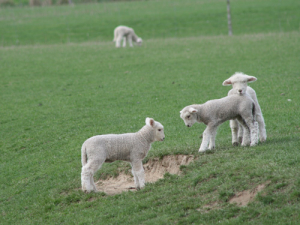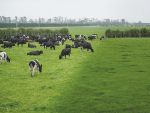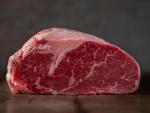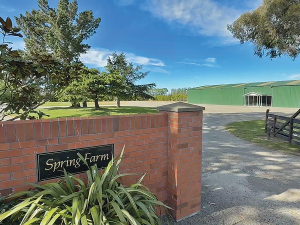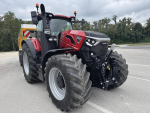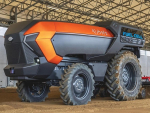Lamb producers in Australia appear to be faring much better than their New Zealand counterparts, with falling numbers and growing demand hiking prices.
Despite growing demand for lamb in Asian and Middle Eastern markets, there are questions about Australia’s ability to supply: recent Meat and Livestock Australia (MLA) data reveal sheep numbers falling there.
ANZ predicts Australia will need an extra 22 million sheep by 2040 to maintain global market share and meet growing protein demand.
Between 2013 and 2015, the Western Australia flock shrank 20% in the south-west and 31-41% in the northern and eastern regions.
Drought in south-west Queensland and the pastoral country in NSW caused production to decline by at least 41%.
All up, MLA estimates Australia now has 70 million sheep, expected to grow to 73 million by 2020 if average seasonal conditions prevail.
ANZ head of agribusiness Mark Bennett says he is unsure about where the remaining numbers will come from, but says it is likely that existing sheep farmers and outside investors will fuel the growth.
“A lot of livestock infrastructure has been lost from the landscape over the last 20-30 years, like fencing, yards and sheds.”
Bennett says the sector’s steady returns are attractive to investors.
“There will be investment from outside the sector, and it’s attractive also to new investors because the capital outlay for sheep farming compared to cattle, for example, is less, but still there’s opportunity to produce a decent return.”
The lower sheep numbers are reflected in the slowly climbing prices buyers are paying at saleyards.
In early October, saleyard numbers were at a three-month high, but prices remained firm, at A$600 cents/carcase weight.
Australian commentators report that a desire to rebuild flock numbers is also buoying prices in the re-stocker market, as farmers pay up for breeding stock to boost their numbers.

